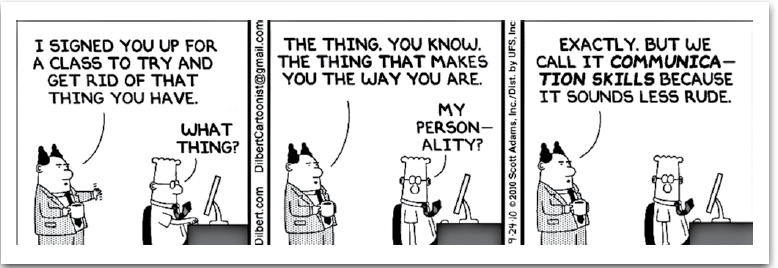Questões de Vestibular Sobre inglês
Foram encontradas 5.992 questões
Um dos efeitos adversos do trabalho excessivo apresentado pelo autor é

De acordo com o texto do cartum,
Leia a tirinha que mostra o diálogo do personagem Dilbert (de óculos, sentado ao computador) com o seu chefe.

<https://tinyurl.com/y95p2e6a> Acesso em: 07.11.2017. Adaptado.
Na última quadrícula, o chefe menciona “habilidades de comunicação” (communication skills) com a intenção de






<https://tinyurl.com/y6fbtptu> Acesso em: 15.03.2019. Original colorido
Nos quadrinhos, pode-se observar que Alice se sente um tanto quanto decepcionada com a formação do novo líder
porque ele

Disponível em: < http://www.sumauma.net/amazonian/legends/
legends-pirarucu.html> CELEMENT, Rosa. Acesso em: 31 jul. 16
(Adaptado).

Disponível em: < http://www.sumauma.net/amazonian/legends/
legends-pirarucu.html> CELEMENT, Rosa. Acesso em: 31 jul. 16
(Adaptado).

Disponível em: < http://www.sumauma.net/amazonian/legends/
legends-pirarucu.html> CELEMENT, Rosa. Acesso em: 31 jul. 16
(Adaptado).